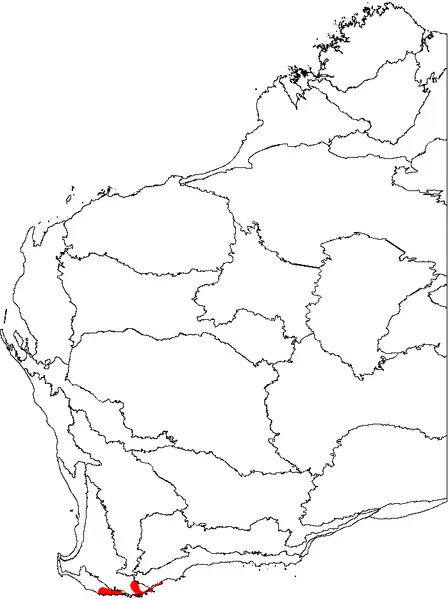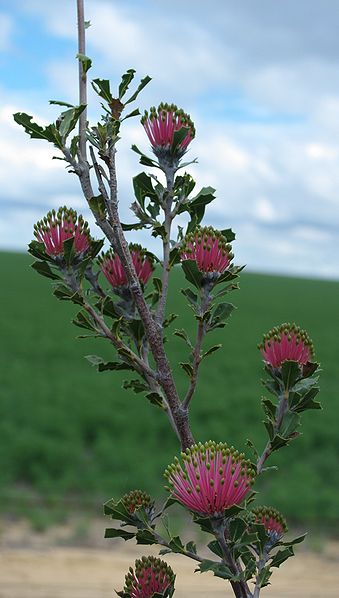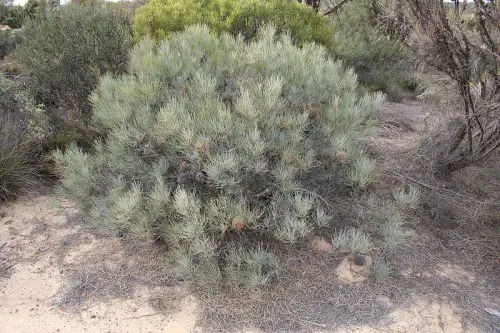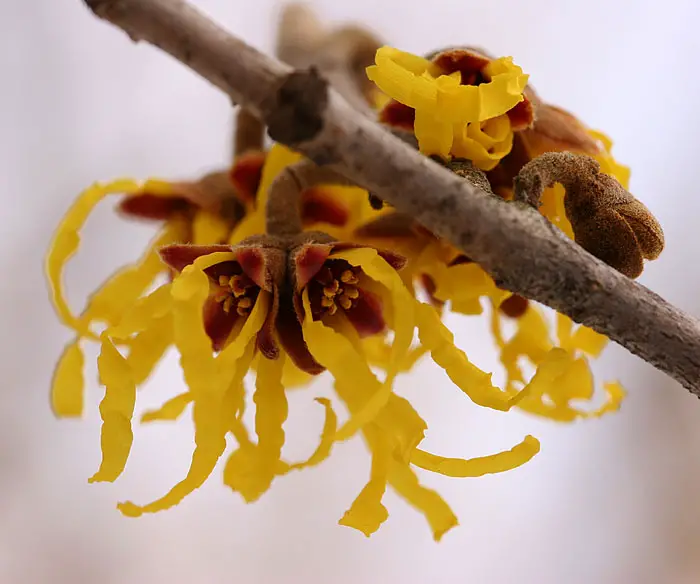Albany Banksia
Also known as the Granite Banksia, the Albany Banksia is a species of shrub (and rarely seen as a tree) that belongs to the genus Banksia. It is native to the south-west region of Western Australia, and this small shrub can reach up to 3 metres tall. However, in sheltered areas it can grow larger.
The earliest known botanical collection of the Albany Banksia was made by Archibald Menzies, who was a Scottish surgeon and naturalist. He started this collection when he visited the King George Sound during the Vancouver Expedition in 1791. As a result of this collection, it was cultivated in England. However, this did not result in any kind of formal publication of the Albany Banksia.
The next known collection was in 1801 when the HMS Investigator visited King George Sound. Although not much is known about the original collection, it is contributed to either Robert Brown, Peter Good, and Ferdinand Bauer, depending on the source you look at. It was originally formally described in 1810 but a specimen type was not identified. However, the accepted name comes from the Latin word ‘verticillatus’ which means whorled. This is made in reference to the plants whorled leaf arrangement. There are no other known subspecies or varieties that have been identified.
The Albany Banksia is a Vulnerable species. It occurs only in 2 populations on granite outcrops, which is how the term ‘Granite Banksia’ came about. These granite outcrops are along the southern coast of Western Australia, and the main population is near Albany while the smaller population of the Albany Banksia is near Walpole. Unfortunately, the Albany Banksia is threatened by dieback as well as aerial canker. In order for it to reproduce, it needs to be killed by bushfire and new plants will regenerate from seeds afterwards. However, it will need over a decade to produce seed and have fire intervals of more than 20 years in order for the seed bank to accumulate efficiently.
As mentioned above, this is a bushy shrub that can grow up to 3 metres high. It can grow up to 5 metres in more sheltered locations, or lower than 3 metres in exposed areas. It has rough grey bark, and its stems and branches are originally hairy when it is young. Its bright green leaves are leathery and are arranged in a whorl. These leaves are about 3 to 9 cm long. The inflorescences are golden-yellow and appear in summer to autumn (i.e. January to April).
According to the Australian federal Environment Protection and Biodiversity Conversation Act of 1999, it is categorised as vulnerable. Under Western Australia’s Wildlife Conservation Act 1950, it is categorised as being rare. In 1995, it was estimated that there were only 4,500 Albany Banksias. Threats include dieback, aerial canker, bushfire frequency, and illegal picking. Translocation is considered as an option in the future in order to conserve this plant.




